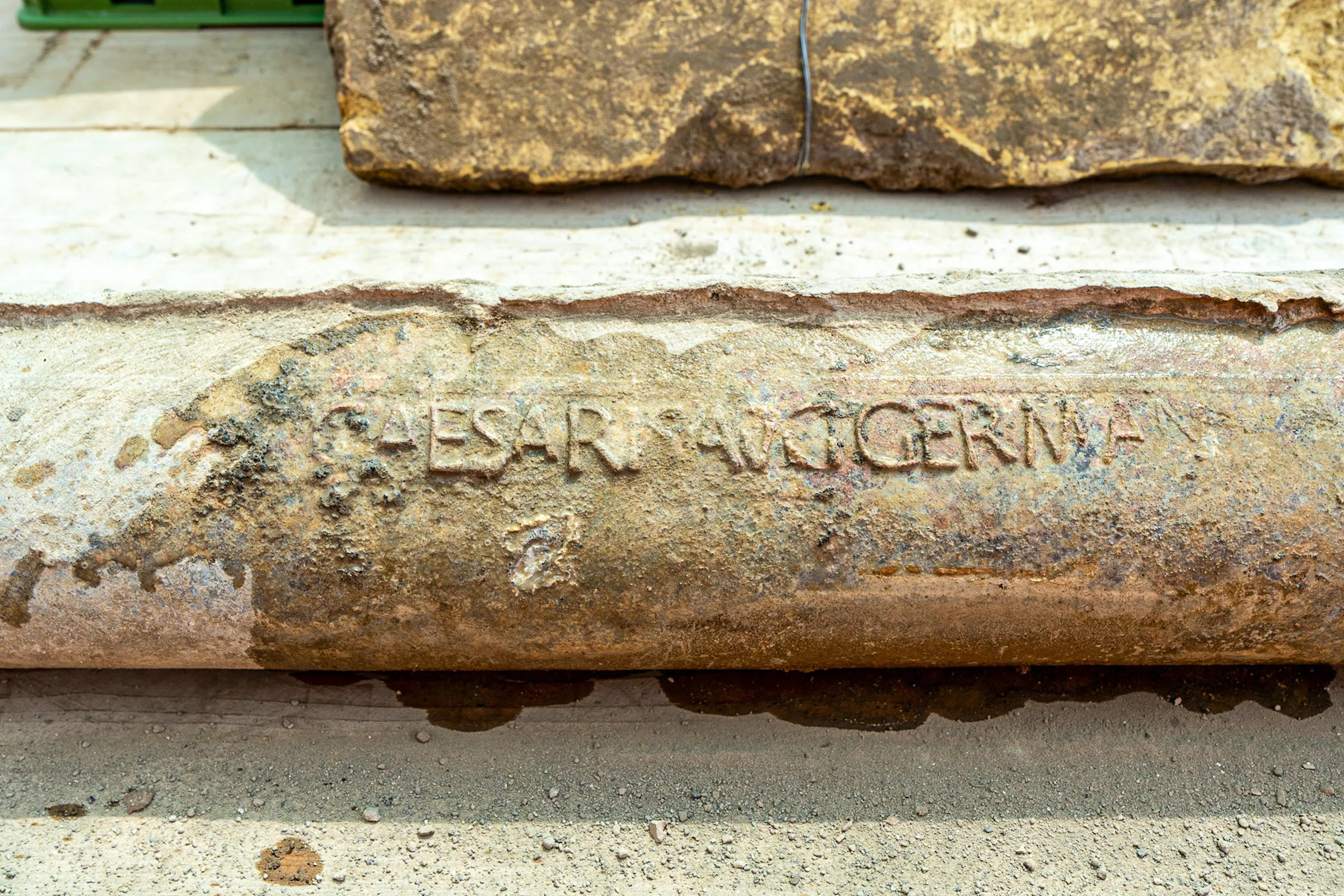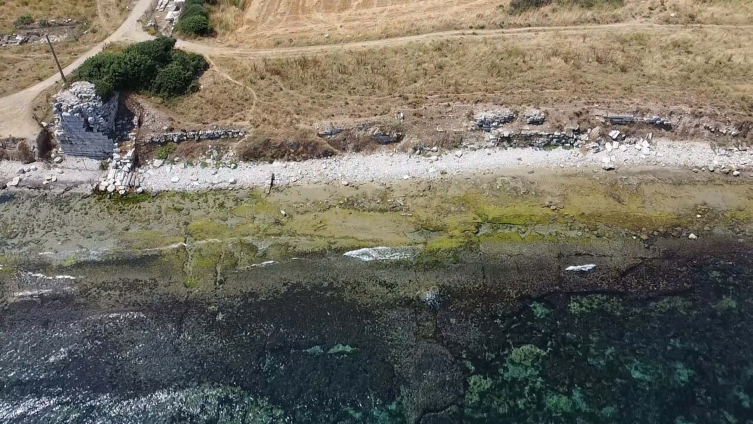The excavation revealed a portico and a lush garden, identifiable by the travertine wall, a colonnaded portico, and telltale lead-based irrigation pipes. This garden, facing the Tiber River, is believed to be part of the buried Gardens of Agrippina, an opulent estate that once dominated the Vatican area. Inscriptions on the water pipes bear the name of Caligula, born Gaius Caesar Augustus Germanicus, and that of his paternal great-grandmother, suggesting the property’s inheritance path from Germanicus’s family to Agrippina the Elder and finally to Caligula in 33 CE, prior to his notorious reign beginning in 37 CE.
Caligula, remembered for his tyrannical rule and possible mental illness, met his demise through assassination in 41 CE. A statement from the Italian Ministry of Culture posits that the site might be the very garden mentioned in Philo of Alexandria’s treatise “On the Embassy to Gaius.” In this text, Philo describes how Caligula, indifferent to the plight of Alexandrian Jews, met their delegation in a garden bordered by the Tiber and a monumental portico, dismissing their appeals for rights and relief from oppression by Alexandrian Greeks.
Leading the excavation, archaeologists Daniela Porro, Dora Cirone, and Alessio De Cristofaro also discovered an array of terracotta Campana relief slabs, embossed with mythological scenes, likely repurposed from roof shingles to sewage covers.
This significant find coincides with the ongoing restoration of a second-century Roman fullonica, or textile workshop, uncovered beneath Piazza Pia last month. Construction workers, astonished by the open-air facility replete with mosaics, tanks, and buried vessels for garment soaking, halted their work to allow for the fullonica’s preservation. Plans are underway to reassemble this ancient laundromat near Castel Sant’Angelo, underscoring its historical connection to the area.
As Rome prepares for the Jubilee Year, these discoveries not only enrich our understanding of its layered past but also weave a fascinating narrative of power, inheritance, and daily life in the shadow of the Vatican.







